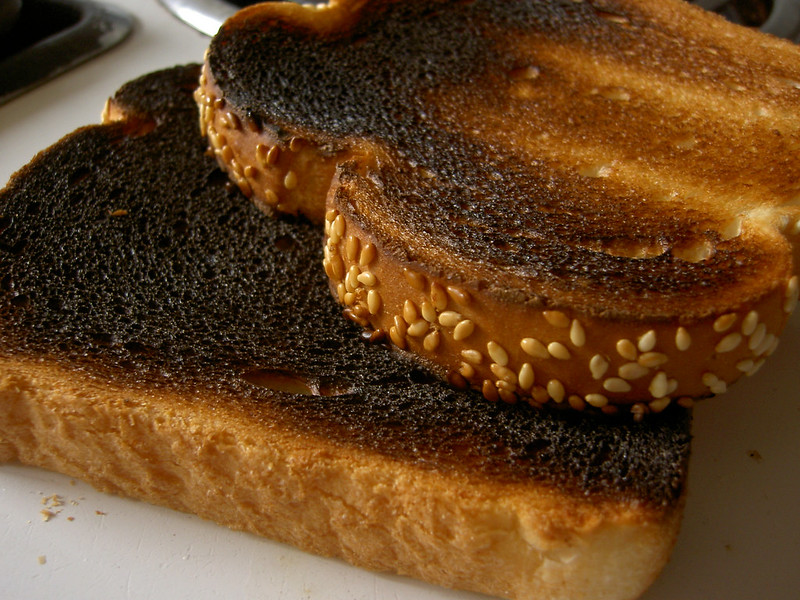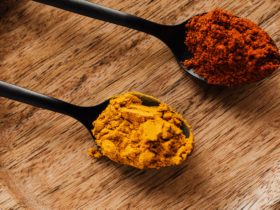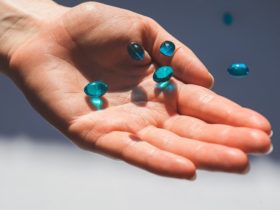So, you burned the toast. Beyond a kind of culinary black eye, do you need to worry about the health risk of ingesting charred bread?
The question stems from recent research studies noting that high levels of the chemical acrylamide have been linked to cancer in laboratory animals.
Acrylamide forms in some foods—particularly grains and starches—during certain types of high-temperature cooking, such as frying, roasting, baking, toasting. Basically, it’s a reaction that occurs from the sugars and an amino acid that are naturally present in the food when cooked at a very high temperature. Thus, putting burned (as opposed to light brown) toast in the spotlight.
It’s important to note that the high levels of acrylamide used in research studies were much greater than those found in human food.
While the U.S. Food and Drug Administration (FDA) does not identify a specific maximum recommended level for acrylamide, it has been actively investigating the effects of it. It also offers guidance on a range of ways to reduce acrylamide levels. No one is suggesting a ban on toast or potatoes. Starches and grains are part of a regular diet. Given the widespread presence of acrylamide in foods, it isn’t feasible or necessary to completely eliminate it from one’s diet, says FDA chemist Lauren Robin. What’s more, the FDA notes that removing any one or two foods from your diet would not have a significant effect on overall exposure to acrylamide. It also does not recommend reducing intake of healthful whole grain foods.
How to Eat Less Acrylamide
According to the FDA, there are some steps you can take to help decrease the amount of acrylamide you eat. (On March 1, 2016, the FDA also posted a final document with practical strategies to help growers, manufacturers, and food service operators lower the amount of acrylamide in foods associated with higher levels of the chemical.) For one, acrylamide is not typically associated with meat, dairy, seafood products, or raw plant-based foods. Boiling and steaming foods do not typically form acrylamide.
For foods where acrylamide is likely to form, the FDA has clear recommendations: When it comes to enjoy toast with breakfast, they say bread should be toasted to a light brown color rather than a dark brown color. Avoid very brown areas. They suggest against storing potatoes in the refrigerator, which can increase acrylamide during cooking. Keep potatoes in a dark, cool place, such as a pantry. Cook cut potato products such as frozen French fries to a golden yellow color rather than a brown color. Brown areas tend to contain more acrylamide.
Fry Less and Eat a Healthier Diet
Regarding cooking methods, frying causes acrylamide formation. If frying frozen fries, follow manufacturers’ recommendations on time and temperature and avoid overcooking, heavy crisping, or burning. Cutting down on certain fried foods has the added benefit of helping to maintain a healthy diet in general, while also helping to cut down on the amount of acrylamide you eat. The FDA’s best advice for consumers to help limit acrylamide intake is to adopt a healthy eating plan, consistent with the Dietary Guidelines for Americans, that emphasizes fruits, vegetables, whole grains, fat-free or low-fat milk and milk products, lean meats, poultry, fish, beans, eggs, nuts, and limited amounts of saturated fats, trans fats, cholesterol, salt, and added sugars.






Leave a Reply